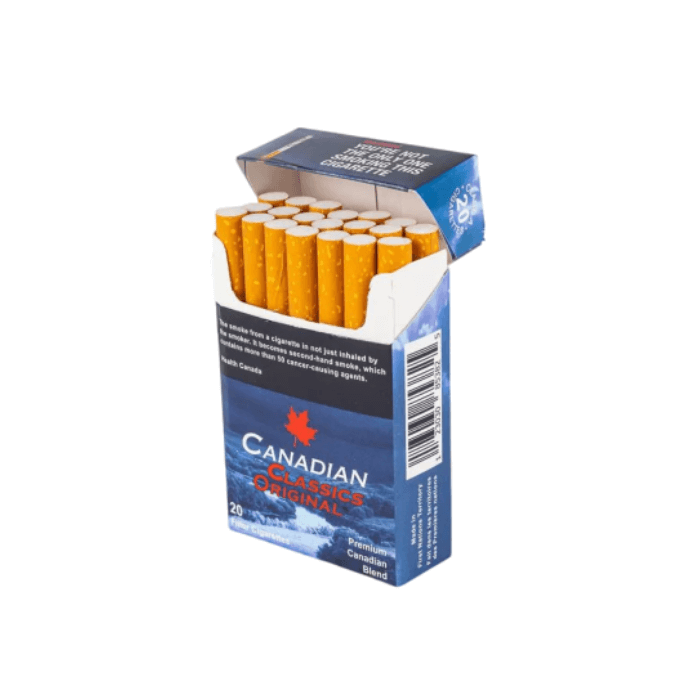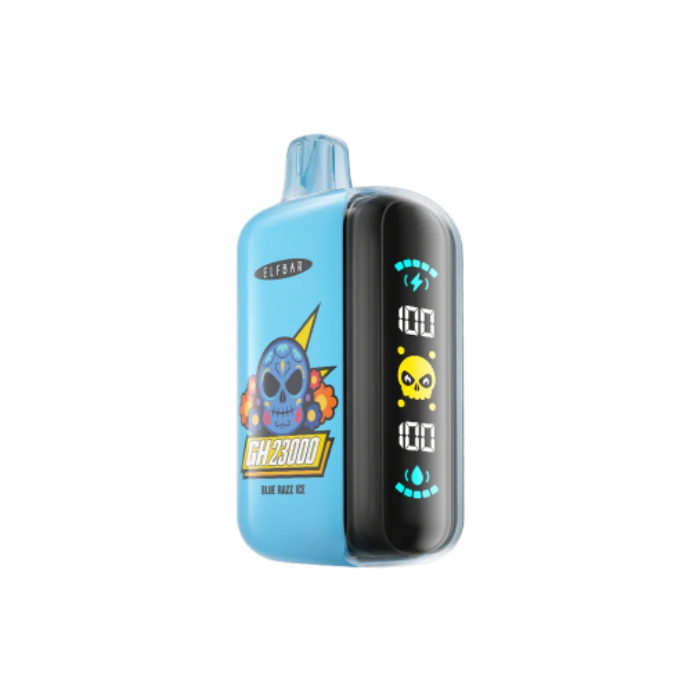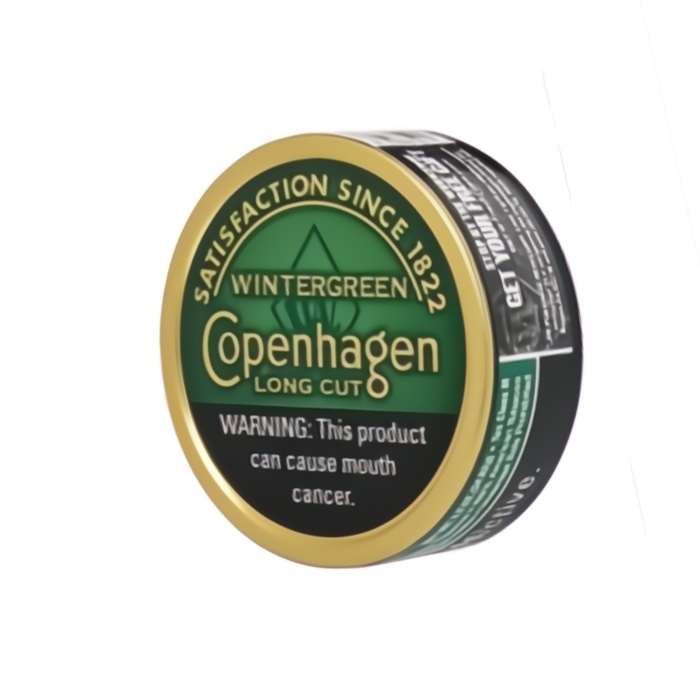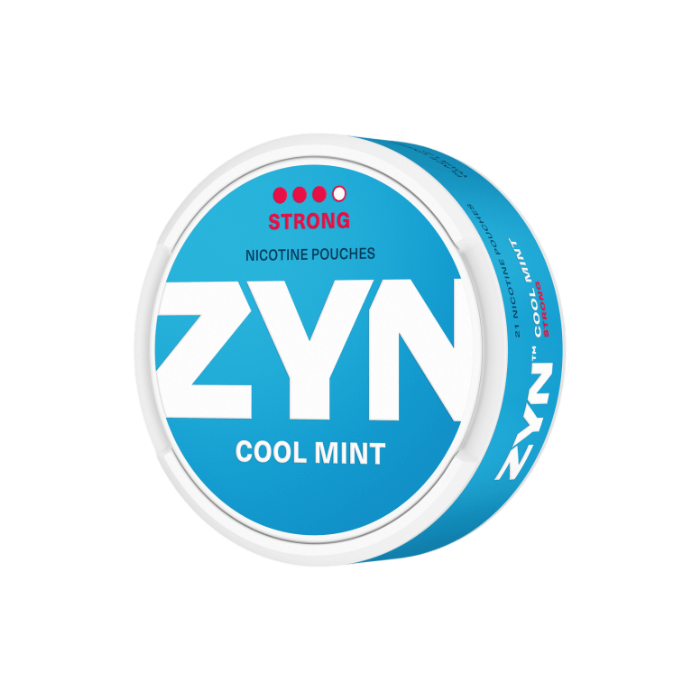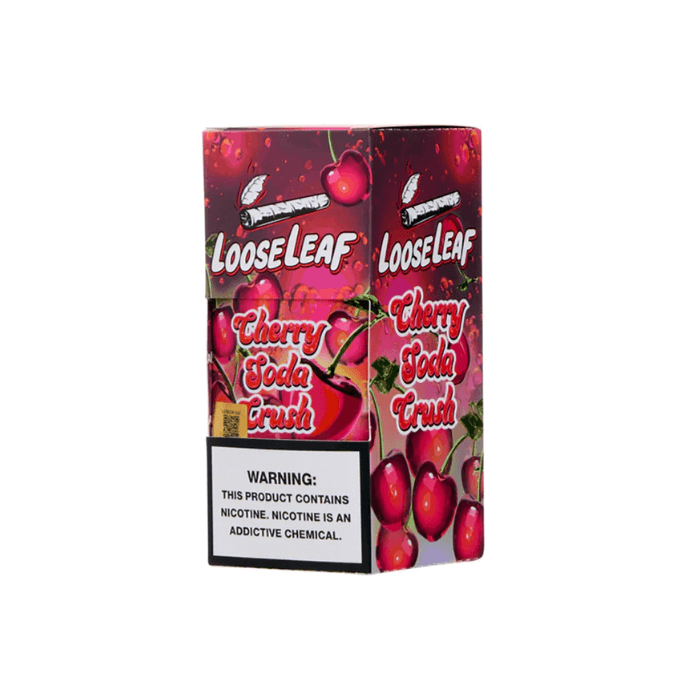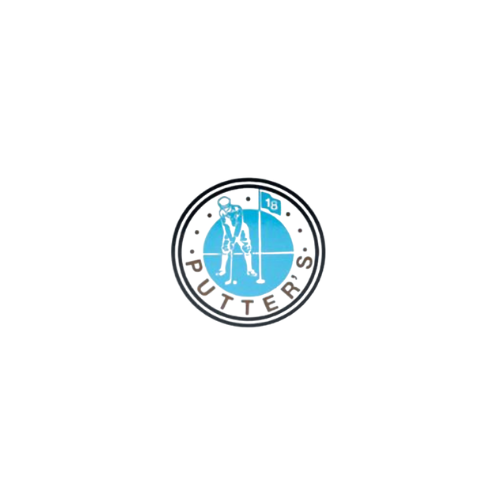Cigarettes, Guides
Why Are Canadian Cigarettes Different?
Step into any Canadian convenience store, and you’ll notice something strange about the cigarette section. No flashy logos, no bold colors—just rows of plain, uniform packs that look like they belong in a government filing cabinet. But that’s just the first clue that smoking in Canada isn’t quite like smoking anywhere else. So, why are Canadian cigarettes different?
From the way they taste to how they burn, Canadian cigarettes follow a different set of rules—some of them obvious, some buried under layers of regulations that only lawmakers could dream up. They don’t have the same artificial smoothness or sweetness you’ll find in their American counterparts, and if you’ve ever wondered why a cigarette in Canada feels a little more raw, there’s a reason for that. It’s not just about preference—it’s about what’s allowed, what’s banned, and how Canadian tobacco companies have adapted over the years. Let’s break it down.
What Makes Canadian Cigarettes Special?
First off, let’s talk ingredients. Canadian cigarettes don’t have the same cocktail of additives you’ll find in American brands. The government here has cracked down hard on what can and can’t go into your smoke. In the U.S., some cigarette brands are packed with flavor additives, sweeteners, and even things designed to make the smoke feel smoother. Canada? Not so much. Here, it’s all about keeping things stripped-down and regulated to avoid extra chemicals, not to mention the price difference. It’s almost like Canada looked at U.S. cigarettes and said, Yeah, let’s tone that down a bit.
But it’s not just about what’s missing. The type of tobacco used in Canadian cigarettes leans heavily toward flue-cured Virginia tobacco, which gives it a more natural, slightly harsher taste. If you’re used to American blends, which often mix different tobacco types like Burley and Oriental, Canadian cigarettes might feel stronger or more straightforward. It’s not necessarily a bad thing—just different.
There’s also the way they burn. Ever noticed that Canadian cigarettes seem to go out if you don’t keep puffing? That’s because of fire-safe paper, a legal requirement here. While it’s meant to reduce accidental fires, it also means your cigarette might give up on you mid-smoke if you get too distracted scrolling your phone. It’s a minor inconvenience, but it’s part of the package.
Packaging
Then there’s plain packaging—probably one of the most noticeable differences between Canadian and international cigarette brands. If you’ve ever traveled to Australia or other countries with strict tobacco laws, you might have seen the same thing. No bright colors, no flashy logos, just standardized, government-mandated cigarette packages covered in health warnings. Every pack looks the same, except for the brand name printed in the most boring font imaginable. It’s designed to kill off any branding appeal and make tobacco use as unappealing as possible. The Canadian Cancer Society has pushed hard for this kind of regulation, arguing that it reduces the perceived attractiveness of smoking.
And if you were a menthol smoker, you probably remember when those vanished from shelves. Canada banned menthol cigarettes entirely, making it one of the first countries to do so. The idea was to reduce smoking appeal, especially for younger people, since menthol is known for masking tobacco’s harshness. Now, if you want that cool, minty hit, you’ll have to look for alternatives like nicotine pouches or vapes.
Variations
Speaking of alternatives, you might have noticed that Canadian cigarette packs don’t always have the same variety in sizes. You’ll still find king size options, but the choices aren’t as wide as in the U.S. or other parts of the world. It’s another result of strict tobacco laws, which limit how cigarette brands can package and market their products. Less variety means fewer ways to make smoking seem appealing, at least in theory.
And while Canada has some of the highest tobacco taxes in the world, it’s not just about making smoking expensive. The government claims it’s a health measure, a way to encourage people to quit by making each pack a financial burden. But for many smokers, it just means looking for alternatives—whether that’s switching to cheaper brands, cutting back, or seeking out better prices from Native reserves and online retailers.
Then there’s the big one: nicotine content. Some smokers swear that Canadian cigarettes feel stronger, but it’s not because they have more nicotine—it’s because they’re processed differently. Without the smoothing agents used in some American brands, the hit feels more direct, more immediate. It’s not necessarily more intense in terms of nicotine, but it doesn’t have that softened edge that makes some U.S. cigarettes feel easier on the throat.
All these differences, from ingredients to cigarette packages, shape what it means to smoke in Canada. It’s not just about preference—it’s about how laws, health organizations, and public perception have shaped the industry. And for those who’ve been smoking long enough, it’s a reminder that even the simplest things—like a cigarette—can be influenced by everything from population health initiatives to international trade policies.
Are Canadian Cigarettes Better Than US Cigarettes?
Ah, the age-old debate. If you ask an American, they’ll probably say no. If you ask a Canadian, they’ll tell you they just taste realer. The truth? It depends on what you’re looking for.
If you prefer something with a cleaner tobacco flavor and fewer added extras, Canadian cigarettes have the upper hand. They don’t have the same sugary undertones or chemical smoothness that some American brands lean into. It’s a purer smoke, for better or worse.
On the flip side, some smokers find Canadian cigarettes a bit rougher on the throat. That’s largely because they lack those smoothing agents that make some U.S. cigarettes feel a little silkier. It’s a trade-off—do you want something a little less processed, or do you prefer a milder hit?
There’s also the nicotine factor. Some smokers swear that Canadian cigarettes hit harder, but this isn’t necessarily because of higher nicotine content. It’s more about how they burn and how the tobacco is processed. American cigarettes sometimes feel smoother, which can trick you into thinking they’re weaker, even if they’re not.
Then there’s price. Canadian cigarettes are not cheap. Taxes here are steep, and prices keep climbing. In contrast, you can grab a pack in the U.S. for a fraction of what you’d pay here. This has made discount brands and alternatives like nicotine pouches more popular among Canadian smokers.
The Effect of Regulations on Cigarette Taste and Ingredients
If you ever feel like your Canadian cigarette options are getting smaller, you’re not imagining things. The government here doesn’t just regulate what goes into cigarettes—it also keeps a tight leash on how they look, how they’re marketed, and even their packaging.
You won’t find flashy branding on Canadian packs. Every cigarette package looks like it came straight out of the same boring design book—because it did. Health warnings dominate, logos are basically gone, and the whole thing is designed to make smoking as unappealing as possible. Does it work? Maybe. But it also means picking your brand out of a lineup feels like a game of spot the tiny difference.
Then there are the bans on flavored cigarettes. If you were a fan of menthols, tough luck—Canada pulled those off the shelves years ago. Flavored rolling papers? Also gone. Anything that might make smoking “too enjoyable” has been systematically erased, leaving only the pure tobacco experience behind.
Even the cigarette sizes are more standardized. While the U.S. still has a variety of formats, Canada has been pushing for consistency, making most brands stick to the same style. It’s one of those things you don’t notice until you compare with what’s available south of the border.
And let’s not forget the taxes. Canadian cigarette prices are among the highest in the world, largely because of taxation. The idea is to discourage smoking, but in reality, it’s just made people more creative about where they get their smokes. That’s where alternatives like duty-free shops, Native reserves, and online retailers come in—offering competitive pricing without the insane markups.
Frequently Asked Questions
Are Canadian cigarettes different?
Canadian cigarettes follow stricter regulations on ingredients, packaging, and how they burn. Unlike their American counterparts, they contain fewer additives, relying mostly on flue-cured Virginia tobacco, which gives them a more direct, unfiltered taste.
Why are cigarette packs different in Canada?
Canada has some of the strictest packaging laws in the world, pushing plain packaging to remove any branding appeal. This means every brand looks the same—same drab color, same font, and, of course, the ever-present health warnings designed to make you rethink your life choices.
Are Canadian cigarettes healthier than American?
They don’t contain the same level of additives and artificial smoothers that some U.S. brands do, which means you’re getting a more stripped-down version of tobacco.
Why is Marlboro different in Canada?
The Marlboro name might be the same, but the cigarette itself is not. That’s because Philip Morris, the company behind Marlboro, doesn’t actually own the rights to the brand in Canada. Instead, Imperial Tobacco manufactures a completely different cigarette under the same name.
Summary
At the end of the day, Canadian cigarettes stand apart because of the rules, the ingredients, and the philosophy behind them. They’re less about extras and more about a straightforward tobacco experience—no frills, no sugar, just the real deal. Some love it, some don’t, but there’s no denying they have their own distinct identity.
Now, if you’re tired of overpriced packs and limited options, you don’t have to settle. NativeSmokes4Less has you covered with a wide range of cigarettes, cigars, nicotine pouches, and vapes—all at prices that actually make sense. No gimmicks, no headaches, just solid products at solid prices. So before you grab your next pack, check out what we’ve got.

